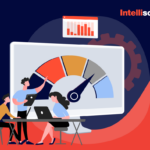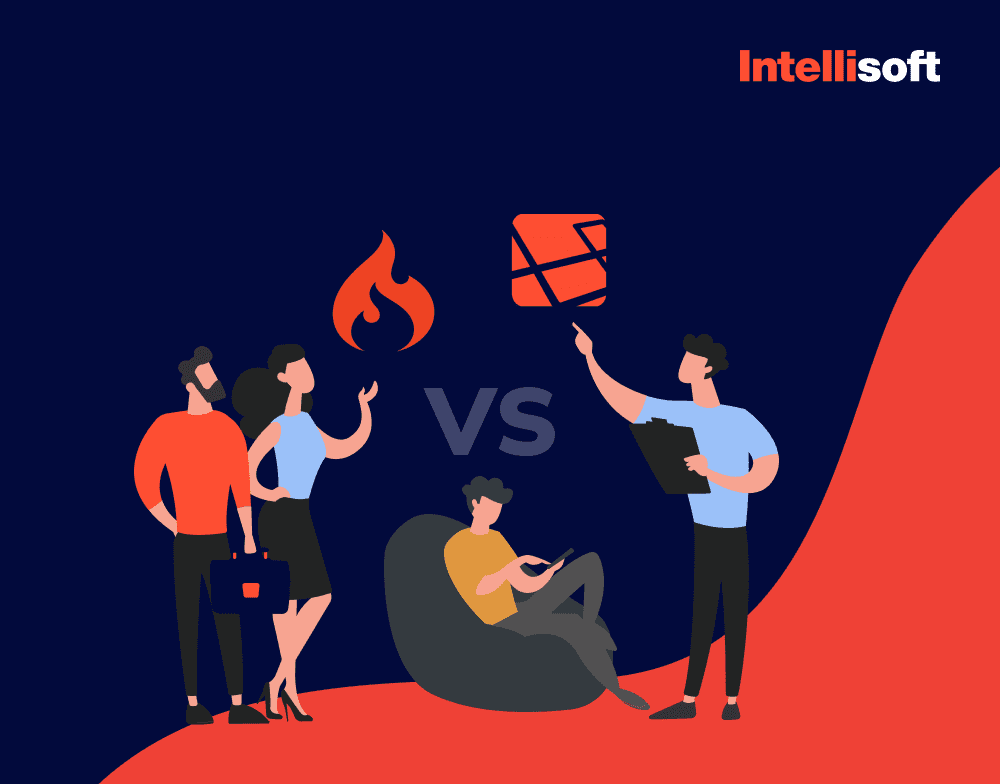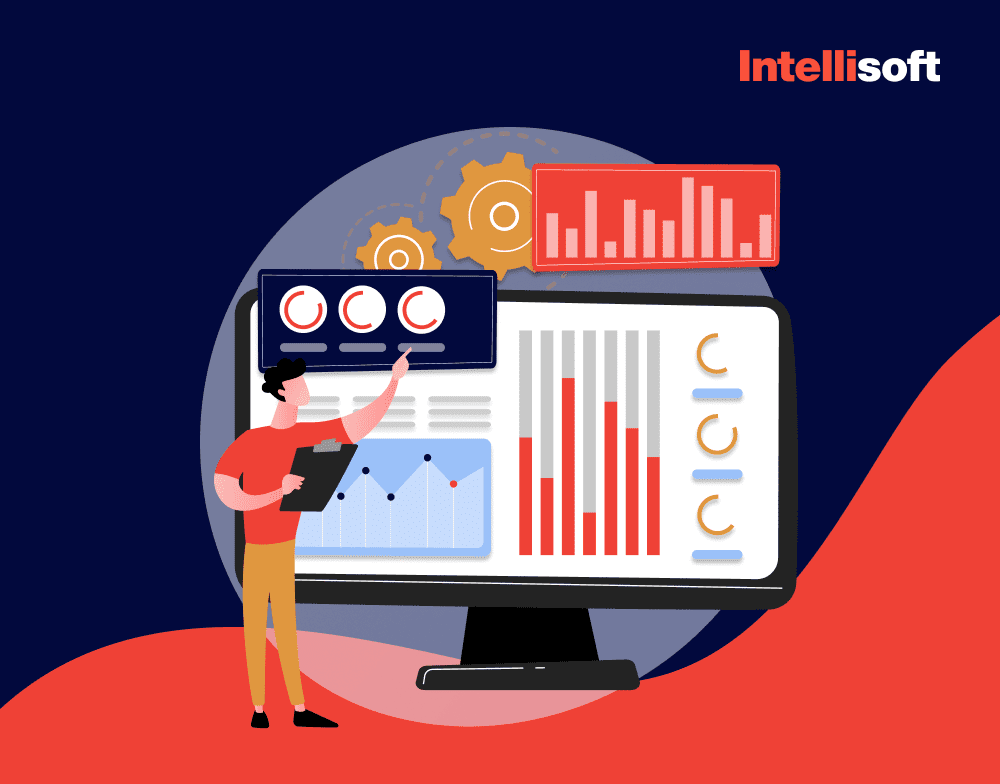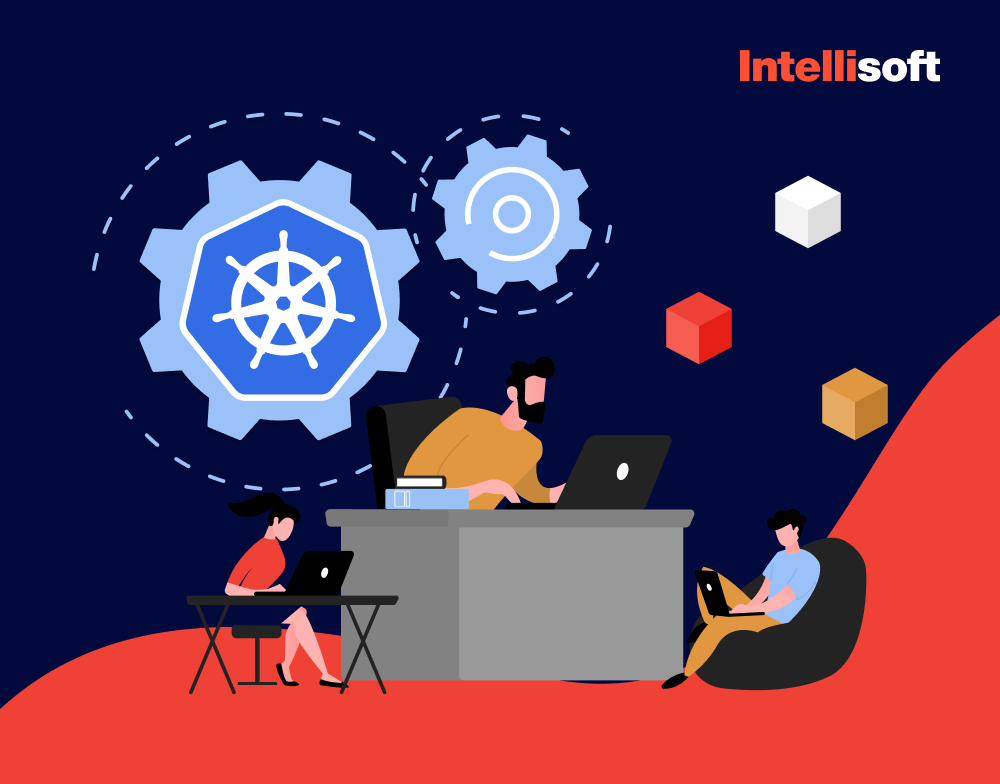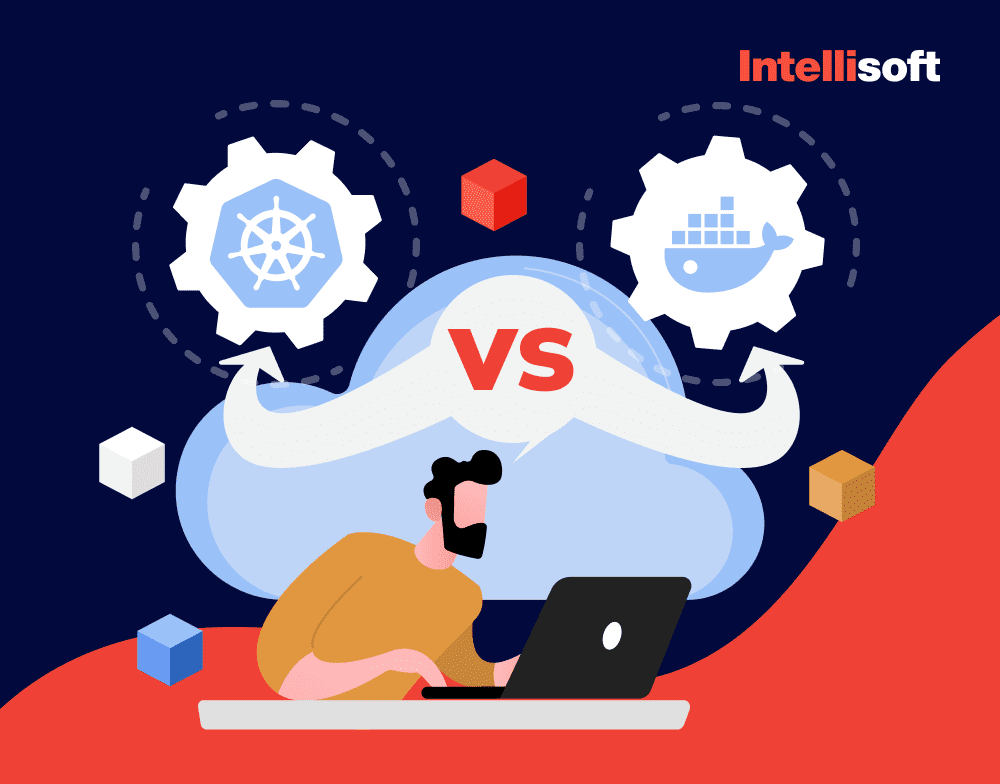Welcome to the ultimate battle ov PostgreSQL vs MySQL. Here, we’ll compare these two leading database systems head-to-head. At IntelliSoft, our extensive experience in offering premium software development and outsourcing services has equipped us to help your organization to navigate the tricky waters of database selection.
Relational database management systems (RDBMS) have been the standard for storing data in databases, such as personal information, financial records, and production logs, for about 40 years.
SQL is the query language of choice for all modern relational databases. While there is a standard version of SQL, most database platforms instead make use of their dialects, which may or may not include some of the features found in the standard version.
PostgreSQL has recently acquired prominence, and numerous engineers and information base experts learned PostgreSQL as their most memorable SQL vernacular. However, there are other relational databases other than PostgreSQL like MySQL.
Non-technical founders may benefit from hiring outsourced engineers who have mastered MySQL and PostgreSQL.
Our unique mix of technical expertise and industry insight will help us guide you through the nuances of both platforms. Whether you’re creating the next big app or refining your company’s data infrastructure, it’s essential to understand the strengths and weaknesses of each. By the end of this article, you’ll have a clear understanding of which one suits your project’s needs best. So, grab a coffee, settle in, and let’s unravel the PostgreSQL vs. MySQL rivalry!
Table of Contents
What Is PostgreSQL?
PostgreSQL is an object-relational database management system (ORDBMS), the most developed open-source DBMS in the world. It is open source and is an alternative to commercial databases.
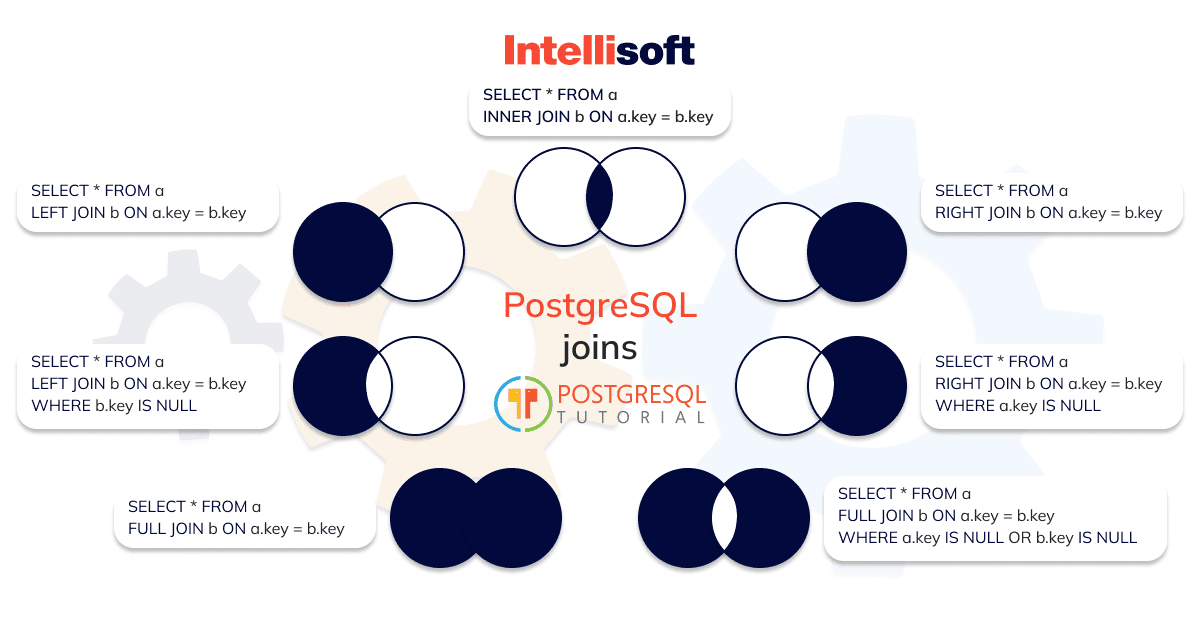
PostgreSQL Global Development Group created PostgreSQL, another group of many companies and individuals who made it possible. It runs mainly on the Linux/Unix platform.
Features of PostgreSQL
PostgreSQL is a high-quality object-relational database system that can safely store and expand even the most complicated data workloads.
- Open-Source
PostgreSQL is open-source software distributed under a free license. This license means any developer can see how the system is written or suggest edits. The DBMS is developed by a community of enthusiasts, which means you can use it freely and without restrictions in your projects. - Long History
After its debut in 1988, the database management system known as PostgreSQL has existed for more than 30 years. - Users
Several businesses use PostgreSQL, including Apple, Cisco, Etsy, Facebook, Instagram, Red Hat, Skype, Spotify, and Yahoo. - MVCC Features
MVCC keeps data stable in competitive environments, while locks are utilized in traditional databases. MVCC ensures that every transaction starts with the database version, even if the database state has changed. This protects the transaction against data changes caused by competing transactions. - Frequent Updates
Version 13.1 of PostgreSQL, which was published on November 12th, 2020, is the most recent upgrade of PostgreSQL. - Supportive Community
You always have access to a group of people who can help you solve your codding issue. A third party also offers private help services. The PostgreSQL community keeps the platform updated through the PostgreSQL Global Development Group. - Customizable
PostgreSQL may be customized to match your needs and act as your database management system by developing plugins. Additionally, PostgreSQL supports the usage of customized functions written in other programming languages, such as Java, C, C++, etc.
Primary PostgreSQL Benefits
PostgreSQL is a database management system that provides substantial benefits to numerous business sectors and can help you expand your business. Moving to PostgreSQL may be advantageous for a variety of reasons.
- Support for multiple data types
PostgreSQL supports many data types. Not only common integer values, floating-point numbers, strings, and boolean values (“yes/no”) but also monetary, geometric, enumerated, binary and other types. PostgreSQL out-of-the-box supports bit strings and network addresses, data arrays including multidimensional, composite types, and other complex structures. It has support for XML, JSON, and NoSQL databases. - Using multiple languages
In PostgreSQL, you can write your functions – custom code blocks that perform specific actions. This feature is available in almost any database, but PostgreSQL supports more languages than its counterparts. In addition to standard SQL, you can write in PostgreSQL in C and C++, Java, Python, PHP, Lua, and Ruby. It supports V8, one of the JavaScript engines, so it is possible to use JS with PgSQL. It supports Delphi, Lisp, and other rare languages. If necessary, you can extend the system to other languages. - Object-relational model
Traditionally, popular DBMSs are relational. This fact means that the data they store appears in the form of records connected by relations – relations. There is another popular model – the object model. Data are represented as objects, their attributes, methods, and classes. The object model supports features we discussed in detail in the article about OOP, such as inheritance. - Scalability
The ability to build one’s own types and conversions, operations and functions, constraints and indexes, and procedural language for conducting searches is available to developers. One can customize PostgreSQL for use in virtually any non-standard application. - Cross-platform
Most often, experts use PostgreSQL on servers with operating systems of the Linux family, but the DBMS also supports other operating systems. Installing it in systems based on Windows, BSD, macOS, and Solaris is possible. In addition, PostgreSQL has a standalone web server, PostgREST, which you can work with using the REST API. The database can also be deployed in the cloud. - Support for complex queries
PostgreSQL works with complex, compound queries. The system handles the tasks of parsing and performing time-consuming operations that involve reading, writing, and validation at the same time. It is slower than its counterparts regarding read-only queries but outperforms the competition in other aspects. - ACID Compliance
ACID is a set of principles for ensuring data integrity. The acronym stands for Atomicity, Consistency, Isolation, and Durability. If a database conforms to these principles, it behaves as predictably and reliably as possible. It has a low risk of conflict or unpredictable system behavior.
When to Use PostgreSQL
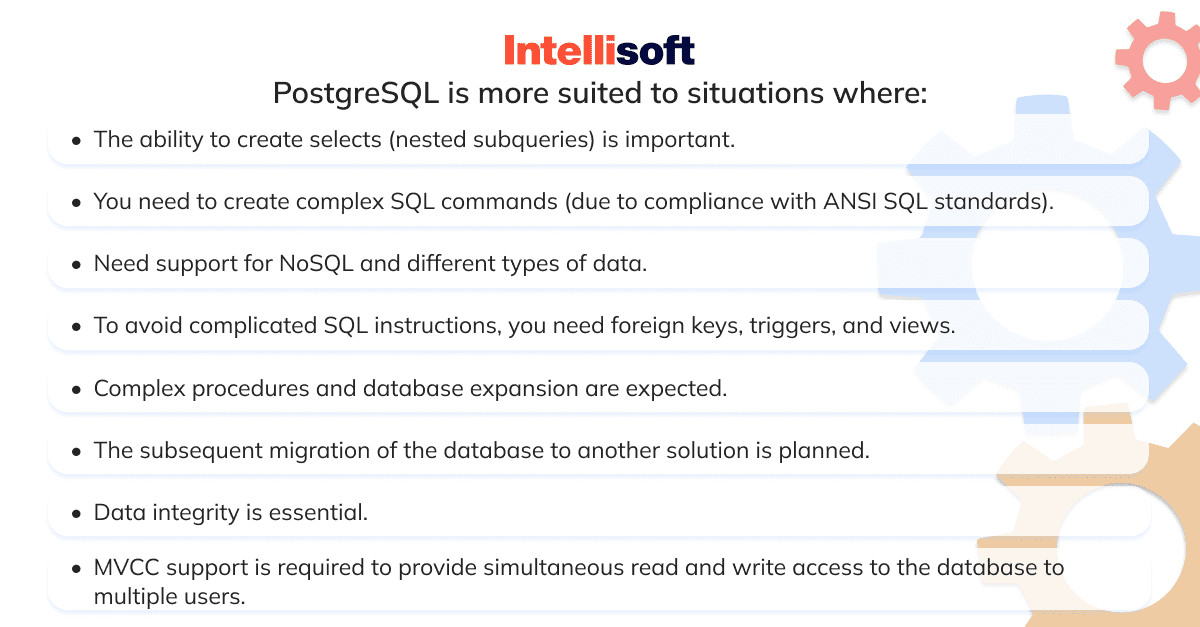
What Is MySQL?
MySQL is an open-source relational database management system (RDBMS) that uses the “client-server” approach. Imagine that you are developing your own website. Over time, there are more and more pages on it, and the content keeps growing. To optimize the work with a large amount of information, you can use databases like MySQL.
In turn, MySQL is also constantly changing and being supplemented with new data. To simplify the process of administration, adding and editing information, experts developed this DBMS. Developers use MySQL to simplify the work with databases. It includes an internal server library that can be used to use MySQL in individual programs.
MySQL is very widespread and is often used with PHP in the development of sites and web applications. Any modern hosting provider provides access to MySQL.
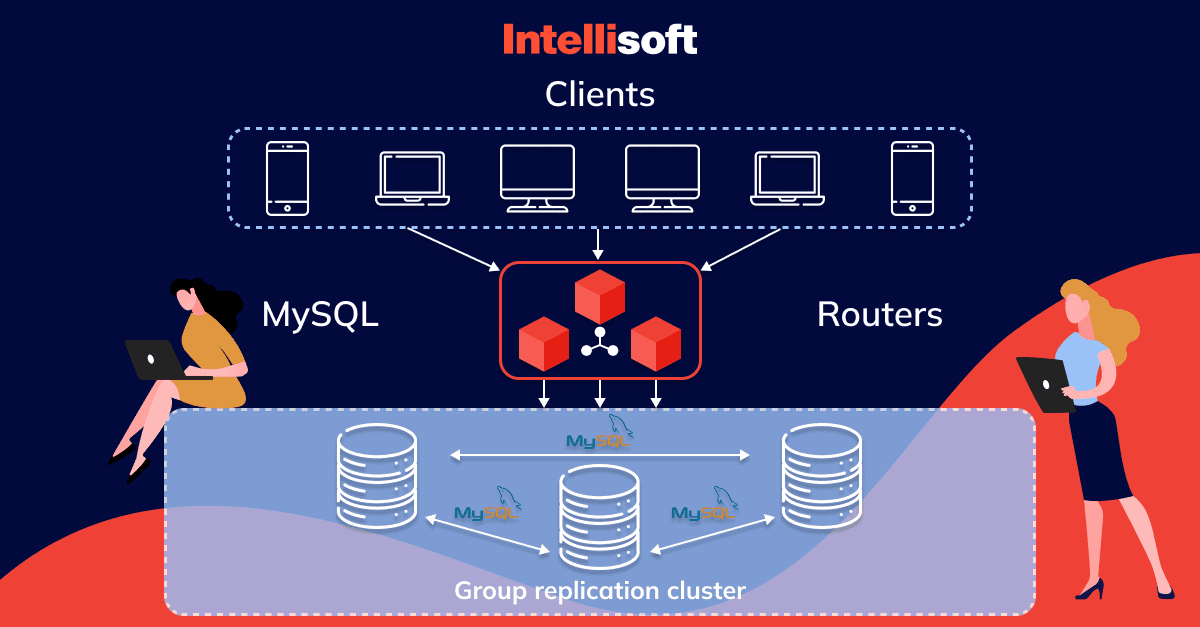
The MySQL management system is based on the C and C++ programming languages. To work with the MySQL database, developers use the SQL language.
SQL is a structured query language for managing information in a database: adding, editing, formatting and retrieving data.
Features of MySQL
MySQL is useful for accessing table entries and storing information. MySQL is highly demanded for the list of its functions.
- A Supportive Community
In the event that more assistance in problem-solving is necessary, a dedicated community of developers is always there to provide it. - Frequent Updates
MySQL gets more robust with regular upgrades that introduce new features and boost security. Version 8.0.33, the most recent release, was released on April 18, 2023. - Maintained by Oracle
MySQL is hosted and managed by Oracle. Premium versions of MySQL with extra features, proprietary plugins, user support, and extensions are also available. - Long History
Since its initial release in 1995, MySQL has been available for over 20 years. - Users
MySQL is a popular database management system utilized by various organizations, including but not limited to Google, NASA, Flickr, GitHub, Twitter, Uber, Wikipedia, YouTube, and Zendesk. - MVCC Features
MySQL only recently began supporting MVCC, which stands for Multi-Version Concurrency Control. - Open-Source
It is one of the most well-known and widely used open-source relational databases. Relational database management systems, often known as RDBMS, are available for free download and are licensed under an open-source model.
Primary MySQL Benefits
The most recent version of MySQL provides support for transactional processing and data security, both of which are significant advantages for any company, but especially for e-commerce businesses that engage in frequent monetary transactions.
- Cross-platform
MySQL provides a cross-platform database: it works on Linux, FreeBSD, and of course, Windows. This criterion is essential when choosing a DBMS for projects aimed at multiple platforms, particularly web applications. By the way, MySQL is part of popular stacks for developing web applications – LAMP (Linux, Apache, MySQL, PHP) and WAMP (Windows, Apache, MySQL, PHP). - Free DBMS
Oracle develops MySQL as an open-source project, which allows the community to contribute to it and, if necessary, tailor it to their needs. The DBMS is free of charge to end users. Many companies choose MySQL over other DBMS because it is free.
Oracle offers customers some proprietary modules with closed code, which require a monetary investment. But these modules are not necessary for everyone and not always. - Security
MySQL offers users a high level of security. MySQL has built-in security tools that support managing users and their privileges. The user can always install additional plug-ins if the standard tools are lacking. - Performance
For web applications, speed is essential. The user will not wait for a page to load – he or she will simply leave it if the application is not fast enough. In terms of application performance, the pain point is the database, and MySQL will not let you down.
When to Use MySQL
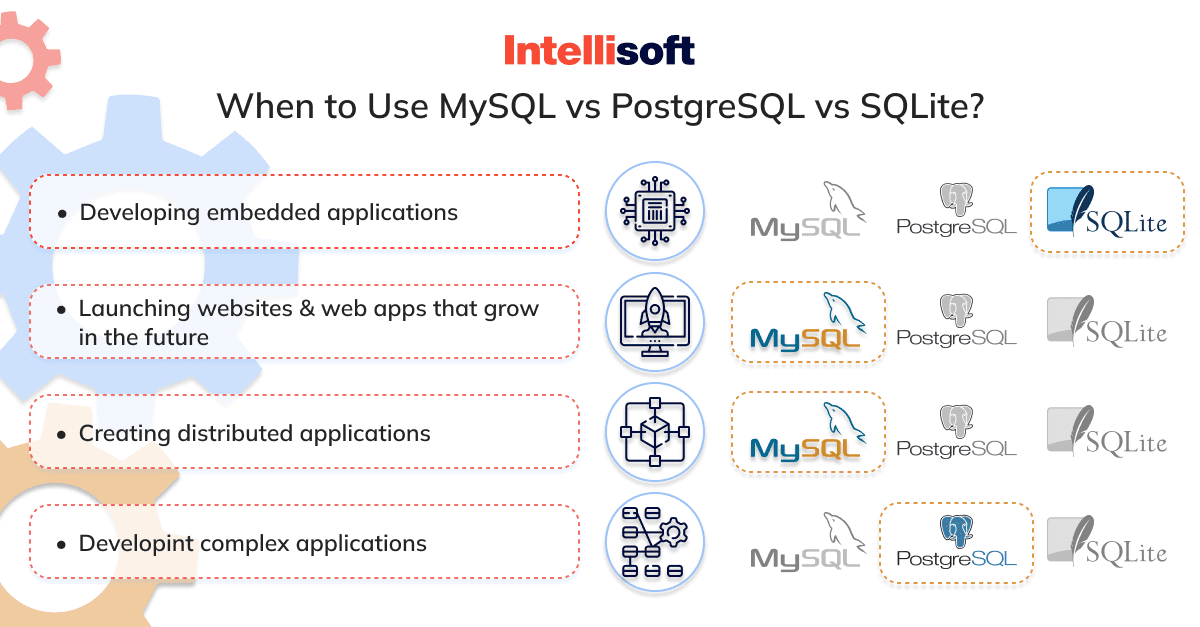
What is the example of case MySQL? This DBMS has long competed with other well-known products regarding functionality and reliability. Most often, it is suitable for developing web solutions, explained by close integration with popular programming languages, high speed, and free of charge. MySQL is mainly for the following projects:
- Corporate systems, ERP/CRM applications. Small and medium-sized businesses usually cannot afford to buy such products from the leading players (SAP, Microsoft, Oracle), but such software is essential for a successful business. Companies often develop their own solutions using MySQL, which covers all needs of developers and users of such systems.
- Groupware. Groupware systems, schedulers, and similar systems. They are partially a part of CMS, but in most cases, they are independent programs in their own right.
- CMS (Content Management System). Content management system MySQL (in conjunction with PHP/Apache) is ahead of all its competitors.
- Company sites. Many sites use MySQL for data storage and user registration.
- Forums & chat rooms. It is safe to say that almost all forums run on MySQL (if they are not in ASP). Examples are phpBB, yaBB, Invision Power Board, and others.
In other cases, you may want to check another MySQL workbench alternative.
Similarities between PostgreSQL and MySQL
Relational database management systems are used in MySQL and PostgreSQL, respectively. They store data in tables linked to one another through common column values.
- An organization stores client information in a table named Clients with segment names customer_id, customer_name, and customer_address.
- Additionally, the business stores product data in a Products table with the product_id, product_name, and product_price columns.
- To record the things every client buys, the organization has a table named Customer_Orders with sections customer_id and product_id.
PostgreSQL and MySQL share other similarities, such as the following:
- Both have built-in data backup, replication, and access control features and are open-source with strong developer community support. Both use structured query language (SQL) as an interface for reading and editing data.
MySQL vs. PostgreSQL: Side-By-Side Comparison

Key Differences: PostgreSQL vs. MySQL
Though these two DBMS are similar in some points, they have many differences to consider when choosing one for your business project.
Simplicity
PostgreSQL is a simple-to-utilize information base with its entire pile of RDBMS data set elements and capacities to deal with organized and unstructured information. Establishments can be handily finished using source code from the PostgreSQL site on Linux-enhanced conditions. When you install from the source code, you have much more control over the installation.
MySQL is known for being simple to use. MySQL environments can be set up and installed easily on any operating system. In any case, its impediments as far as SQL and data set highlights contrasted and different data sets could present difficulties in building practical RDBMS applications.
MySQL vs PostgreSQL Syntax
We can compare Postgresql vs MySQL syntax differences. In the most part, all supported postgresql vs mysql syntax nuances are similar across both databases. The only limitation of MySQL is that it does not handle all possible SQL syntaxes. So PostgreSQL syntax vs MySQL it’s like a battle of different languages. Each has strong sides. They are just a little different.
Data Types
MySQL and PostgreSQL both handle a wide variety of data types, from the more straightforward ones (such as integers, dates, and timestamps) to the more complicated ones (such as JSON, XML, and TEXT). However, when it comes to the capabilities of catering to complicated, real-time data search requirements, there is a difference between MySQL and PostgreSQL.
Views
MySQL upholds sees; The SQLs running underneath the view can only use up to 61 tables. Views created using simple SQLs can be updated, whereas views made using complex SQLs cannot. Materialized views, similar to virtual tables without physically stored data, are not supported in MySQL.
PostgreSQL partially supports MySQL’s views. While sees made with straightforward SQLs can be refreshed, the perspectives made with complex SQLs can’t be refreshed. However, there is a workaround to restore complex perspectives utilizing RULES.
JSON
PostgreSQL’s JSON data type support dates back many years to Version 5.7 of MySQL. It is possible to use SQL queries to query the columns of JSON data, and JSON attributes can also be indexed. In contrast to PostgreSQL, JSON-specific functions are only partially supported. MySQL does not support Full-Text Indexing on JSON columns, another limitation.
From version 9.2, PostgreSQL began to support JSON data types. PostgreSQL’s support for JSON data is significantly more advanced than MySQL’s. A few JSON-explicit administrators and capabilities make information look in JSON reports highly proficient.
Triggers
For INSERT, UPDATE, and DELETE commands, MySQL enables Triggers for AFTER and BEFORE events. It is impossible to run dynamic SQL statements and stored procedures via triggers.
The supported triggering events for INSERT, UPDATE, and DELETE events are AFTER, BEFORE, and INSTEAD OF triggers for PostgreSQL. You may use functions to carry out a sophisticated SQL statement when the trigger is called.
Replication & Clustering
Replication and clustering features allow MySQL and PostgreSQL to guarantee horizontal data operation distribution. Let’s examine more closely now.
All data changes are duplicated from a primary database to a replica database through SQL statements thanks to MySQL’s Primary-replica and Primary-to-multiple-replicas replication mechanisms. Replication can only be asynchronous because of this, which may be bad for speed and scalability.
Replication with PostgreSQL is viral and dependable. PostgreSQL’s replication is based on WAL files, which makes it faster, more reliable, and easier to manage than MySQL’s. Postgres supports cascading replication as well as primary-to-multiple replication. Postgres uses synchronous or asynchronous streaming or physical replication for its reproduction.
Saved Processes
Stored procedures are an essential component of databases and play a key role in meeting demanding criteria for data extraction. During the database development process, developers frequently make use of stored procedures.
Both MySQL and PostgreSQL databases support stored procedures. The MySQL database only supports conventional SQL syntaxes, but the PostgreSQL database enables extremely sophisticated procedures.
Query
MySQL is not a completely SQL-compliant database and does not support all SQL capabilities. This fact makes it a challenging choice for developers, and it is not a good choice for applications that are used for data warehousing since these applications will require more advanced and complicated SQLs.
Partitioning
The efficiency of queries against large-size tables can be optimized via table partitioning, which both MySQL and PostgreSQL support. The two databases have certain limitations, though.
Declarative table partitioning is possible in MySQL, and the following partition kinds are supported: range, list, hash, key, and columns. In addition, SUBPARTITIONING is supported. However, restrictions may make this capability less versatile for database administrators.
Table Scalability
When table segments get bigger, they can slow down the speed, and searches that hit those tables take more time and resources to finish. So, making a good table depends on its design. This process can be done in different ways with MySQL and PostgreSQL.
MySQL can use B-Tree Indexing and Partitioning to speed up queries on tables that are bigger. PostgreSQL has several choices for indexing and two types of splitting to make it easier to work with data on a table that can grow.
Storage
Any database must have the ability to store data. The physical database objects, such as Tables and Indexes, must store data on a disk. PostgreSQL and MySQL give different choices for putting away information. This section focuses on two storage options: average capacity and pluggable stockpiling.
PostgreSQL has a typical stockpiling highlight called tablespaces, which can oblige actual items like Tables, Records, and Emerged Perspectives. MySQL, like PostgreSQL, has tablespaces include (part of InnoDB motor) that can help DBAs gather and store actual items (Tables, Files, and so forth.), MySQL also supports pluggable storage engines, which can help the database meet specific storage requirements for applications like OLTP, Data Warehousing, etc. Additionally, this can help distribute I/O.
Safety
To prevent unwanted access to data, database security is a significant factor to consider. The database is protected against unauthorized access on many levels, including the object level and the connection level, amongst others.
ROLES and PRIVILEGES are the means through which MySQL enables users to access the database and its objects and connections. It is necessary to provide a connection privilege to each user via SQL for each IP address from which a user is connected, or connections can be granted to multiple IP addresses that are part of a subnet.
How to Choose between PostgreSQL and MySQL
You need to consider several factors when selecting between PostgreSQL and MySQL. They are the following:
MySQL vs PostgreSQL Performance Requirements
PostgreSQL is the superior database system if your program needs frequent data changes. MySQL, however, is recommended if you need to access data often. When evaluating PostgreSQL vs MySQL performance, it’s crucial to consider the specific application requirements, as PostgreSQL tends to excel with complex queries and large datasets while MySQL offers superior speed with simple read-heavy workloads.
A more comprehensive PostgreSQL vs MySQL performance analysis reveals that while PostgreSQL is often preferred for its advanced features and flexibility, MySQL can provide a faster response for web-based applications where read operations dominate.
Presentation of Writing
MySQL’s true concurrency is made possible using write locks. For instance, if one user is currently making changes to the table, the other users may have to wait till the first user is finished.
Conversely, PostgreSQL has native MVCC support without the need for read/write locks. This benefit improves the efficiency of PostgreSQL databases during high-volume, multi-user write operations.
Competence in Reading
PostgreSQL initiates a separate system process for each user connecting to the database, allocating substantial memory (about 10 MB) for each. To support numerous users, it needs a lot of RAM.
App Scope
PostgreSQL is an excellent choice for enterprise-level applications requiring a high volume of write operations and sophisticated querying.
However, suppose you want to experiment, construct internal apps with fewer users, or create an information storage engine with more reads and fewer updates. In that case, you may start a project using MySQL. Those are all options.
Database Development
MySQL has a lower learning curve and is better suited for novices. Building a new database project from scratch takes less time. Setting up MySQL as a single product or combining it with other web development tools like the LAMP stack is straightforward.
On the other hand, PostgreSQL might be significantly more difficult for beginners. Complex infrastructure setup and troubleshooting expertise are often needed.
SQLite vs MySQL vs PostgreSQL
When comparing SQLite vs MySQL vs PostgreSQL, it’s important to note that each database has its strengths suited to specific scenarios. Each system offers varied capabilities: SQLite excels in lightweight applications requiring minimal setup, MySQL is popular for web applications due to its speed and simplicity, and PostgreSQL shines in complex, large-scale environments with advanced SQL features and compliance.
In evaluating PostgreSQL vs MySQL vs MongoDB, each database offers unique features tailored to different application requirements, from relational data management to flexibility in handling unstructured data.
H3: MariaDB vs MySQL vs PostgreSQL
When it comes to choosing the right database, a detailed comparison of MySQL vs MariaDB vs PostgreSQL reveals that each system has its own strengths. MariaDB offers a flexible and open-source approach with enterprise-grade features and scalability. MySQL, widely recognized for its speed and ease of use, remains a popular choice for web applications and commercial use.
PostgreSQL, known for its advanced features and adherence to SQL standards, excels in supporting complex queries and ensuring data integrity. Selecting the appropriate system ultimately depends on your organization’s specific requirements and use case.

Conclusion
After assessing the strengths and weaknesses of PostgreSQL and MySQL, it’s evident that the right choice depends on your project’s specific requirements. PostgreSQL’s rich feature set and adherence to SQL standards make it perfect for complex applications needing advanced data integrity. Meanwhile, MySQL’s lightweight design and widespread popularity enable quick deployment and solid support in a variety of environments.
When evaluating AWS Aurora MySQL vs PostgreSQL, it’s essential to consider the specific needs of your application to determine whether MySQL’s speed or PostgreSQL’s advanced features will provide better performance and scalability for your database infrastructure.
In comparing MySQL vs PostgreSQL vs SQL Server, you should assess factors like licensing, feature set, and community support to choose the database system that aligns best with your goals and technical requirements. Whatever system you take, be it MySQL vs PostgreSQL vs MongoDB or others, each has some strong points and disadvantages.
Ultimately, it comes down to your particular business needs. At IntelliSoft, our in-depth knowledge of database management lets us steer you toward the best solution. We’ll help you maximize the potential of either platform while sidestepping common challenges. Whether you need assistance migrating existing data, improving your current setup, or building a customized database infrastructure from scratch, our specialists can deliver tailored solutions to achieve concrete results. Reach out today, and let’s discuss how we can elevate your database management strategy!
Related readings:
- Node JS Advantages and Use Cases: Is This Environment Right for You?
- Making Sense of Databases: How to Choose the Right One
- Typescript vs. Javascript: Which Programming Language Fits Your Project?
- RabbitMQ vs. Kafka: Choosing the Right Messaging System for Your Needs
- Laravel vs. CodeIgniter: Choosing the Best PHP Framework in 2023

